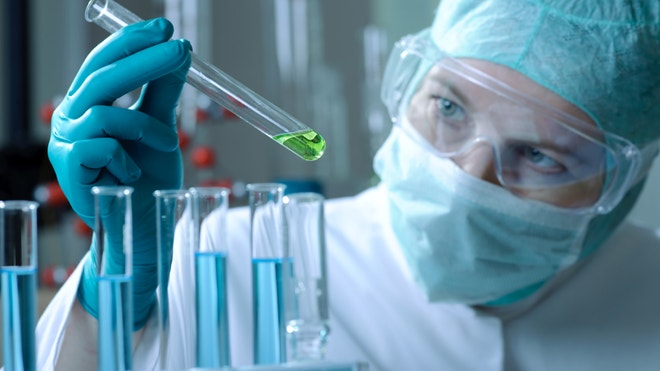
New research shows how antibiotic-resistant strains of E. coli evolved from a single source.A single strain of Escherichia coli, or E. coli, is responsible for millions of bacterial infections in women and the elderly, according to new research released today.
The strain, H30-Rx, has the unprecedented ability to spread from the urinary tract into the blood, giving rise to sepsis, the most lethal form of infection.
The new report suggests that H30-Rx may be responsible for 1.5 million urinary tract infections (UTIs) and tens of thousands of deaths annually in the U.S. alone. Researchers say the strain poses a threat to more than 10 million Americans who suffer from UTIs.
The research, published in the American Society for Microbiology’s journal mBio, shows how this bacteria has evolved from a single strain, allowing it to get around the most potent antibiotics available.
Tracing the E. coli Family Tree
The research was led by Lance B. Price, a professor of environmental and occupational health at the George Washington University School of Public Health and Health Services. He’s also an associate professor in the Pathogen Genomics Division of the Translational Genomics Research Institute in Phoenix, Ariz.
He and fellow researchers James R. Johnson of the Veterans Affairs Medical Center and the University of Minnesota, and Evgeni V. Sokurenko of the University of Washington School of Medicine, focused on the ST131 group of E. coli.
ST131 strains are a common cause of bacterial infections, but they have become untreatable with standard antibiotics.
The team used advancing genomic techniques to discover that bacteria in the ST131 strains are genetic clones that have all evolved from a single strain of E. coli. Using whole-genome sequencing—which spells out each molecule in a bacteria’s DNA—researchers analyzed samples of E. coli from patients and animals in five countries gathered between 1967 and 2011. They then created a family tree to trace how the antibiotic-resistant clones evolved.
“Astoundingly, we found that all of the resistance could be traced back to a single ancestor,” Price said in a statement. “Our research shows this superbug then took off, and now causes lots of drug-resistant infections.”
For example, researchers said that a strain known as H30 cloned itself into H30-R. This evolved to become fully resistant to the second-generation antibiotic ciprofloxacin, which was considered a wonder-drug when it was approved by the U.S. Food and Drug Administration (FDA) in 1987. From there, the clones evolved into H30-Rx, which is resistant to even third-generation antibiotics like cephalosporins.
“This strain of E. coli spreads from person to person and seems to be particularly virulent,” Johnson said in a release. “This study might help us develop better tools to identify, stop or prevent its spread by finding better ways to block the transmission of the superbug, or by finding a diagnostic test that would help doctors identify such an infection early on—before it might have the chance to turn lethal.”
Dr. William Schaffner, immediate past-president of the National Foundation for Infectious Diseases and a professor of preventative medicine at Vanderbilt University School of Medicine, said the new research will change the way problematic strains of E. coli are handled.
“It’s fascinating that they’ve identified a dominant strain of resistant E. coli. We previously thought these strains became resistant independently,” Schaffner, who was not involved in the study, told Healthline. “Resistant E. coli are slowly yet surely becoming a problem for those of us who treat infections.”
Source: health line











